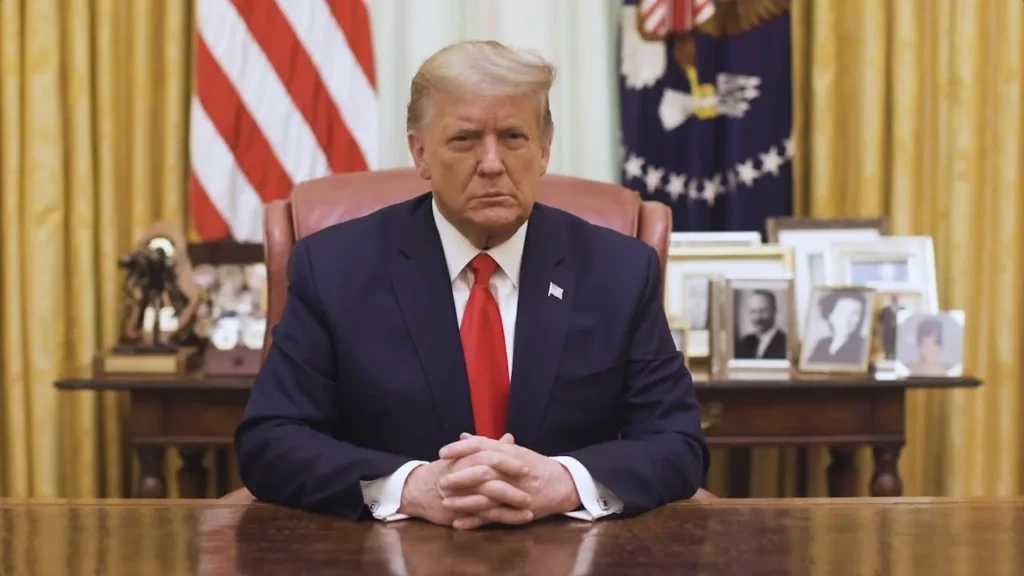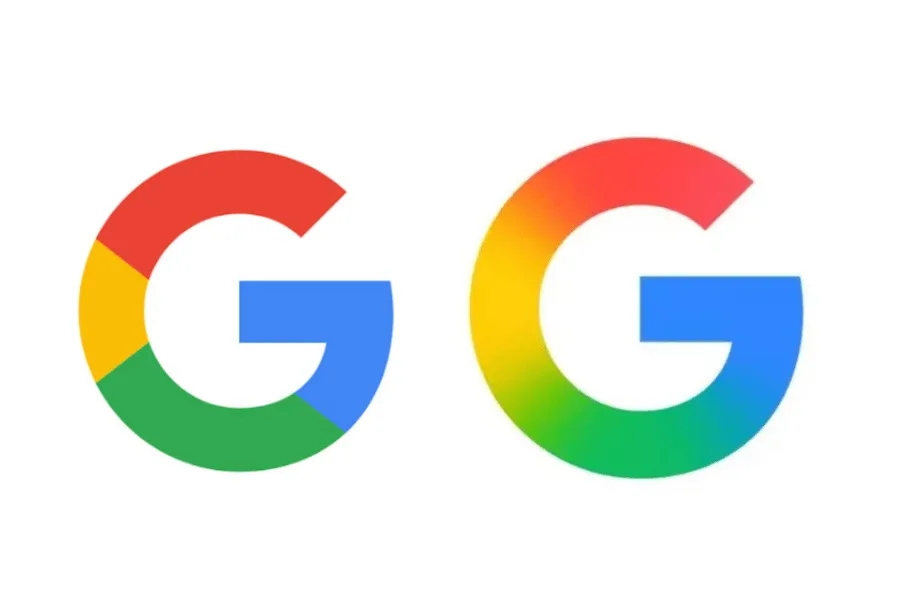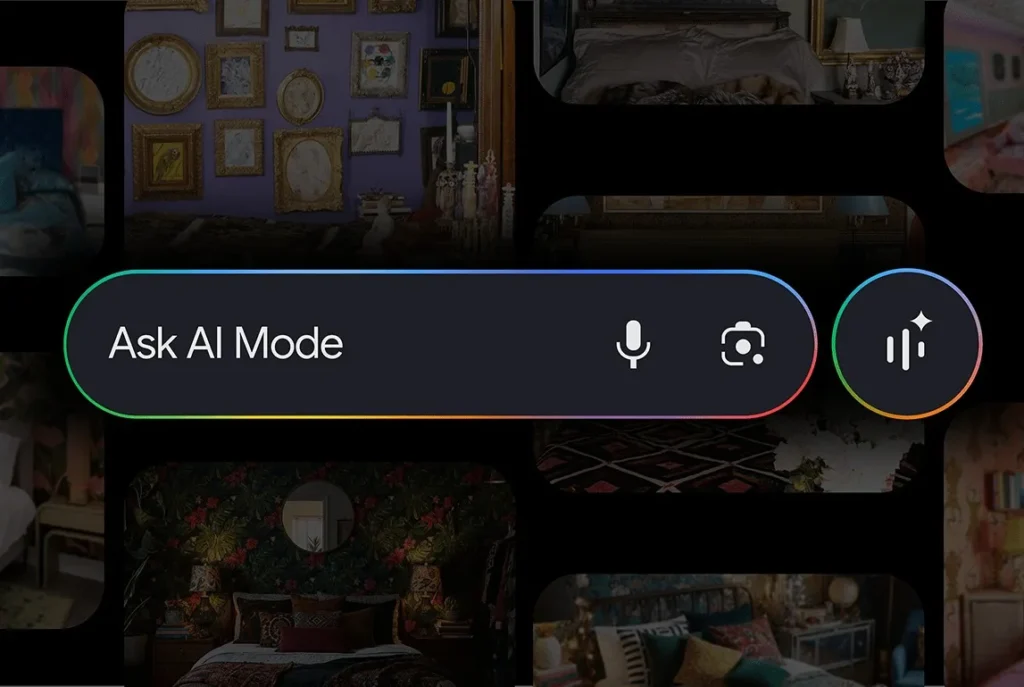GPTBot surpasses Googlebot: OpenAI’s bot becomes the most active crawler in the world
For more than two decades, Google has reigned supreme in web discovery and indexing with its well-known crawler, Googlebot. However, this era of unchallenged dominance may be coming to an end.
A new generation of AI-focused crawlers — led by OpenAI, Anthropic, Meta, and others — is currently disrupting the digital balance of power.
OpenAI’s GPTBot Becomes the World’s Most Active Crawler
According to a study published by Hostinger, OpenAI’s GPTBot is now the most active crawler on the planet. Researchers analyzed the access logs of 5 million hosted websites and found that OpenAI’s bot explored 4.4 million, resulting in an 88% coverage rate.
For comparison:
- Googlebot follows in second place with 3.9 million sites visited (78%),
- while other AI bots — like Anthropic’s ClaudeBot, Meta’s crawlers, and TikTok scrapers — generated 1.4 billion daily requests from the same sample.
More “traditional” players like Bing, Applebot, or SEO tools such as Ahrefs lag far behind in terms of activity.
An Increasingly Scrutinized Web… by American Giants
The study also highlights the strong geographic concentration of these activities:
- 80% of global crawling traffic comes from American companies,
- about 10% of bots originate from China,
- with the rest of the world sharing the remaining 10%.
This American dominance raises a crucial question: who truly controls the data that AIs learn from and use to generate their responses? AI bots are no longer just indexing pages — they are feeding the language models behind ChatGPT, Claude, or Llama, directly influencing summaries, generative search results, and even how the web is perceived.
Towards New Governance of Online Data
In response to this data rush, Hostinger has developed an AI audit tool that allows website owners to choose which AI bots can access their content. Essentially, this is akin to a “robots.txt 2.0,” adapted for the era of generative models.
This new tool addresses a pressing need: to find a balance between openness, fair usage, and sustainability. If AIs consume web data without limit, they risk undermining the very infrastructure they exploit.
The End of Google’s Monopoly?
Until now, Google set the pace: what its bot did not explore, the world did not see. However, the arrival of AI crawlers is redefining this hierarchy. Every query generated by a model like GPT-5 or Claude 4.5 hinges on the content they can explore and learn from.
In other words, Google no longer maps the web alone. The new age of digital explorers has begun — and this time, it’s not just search engines digging deep, but engines of understanding.




